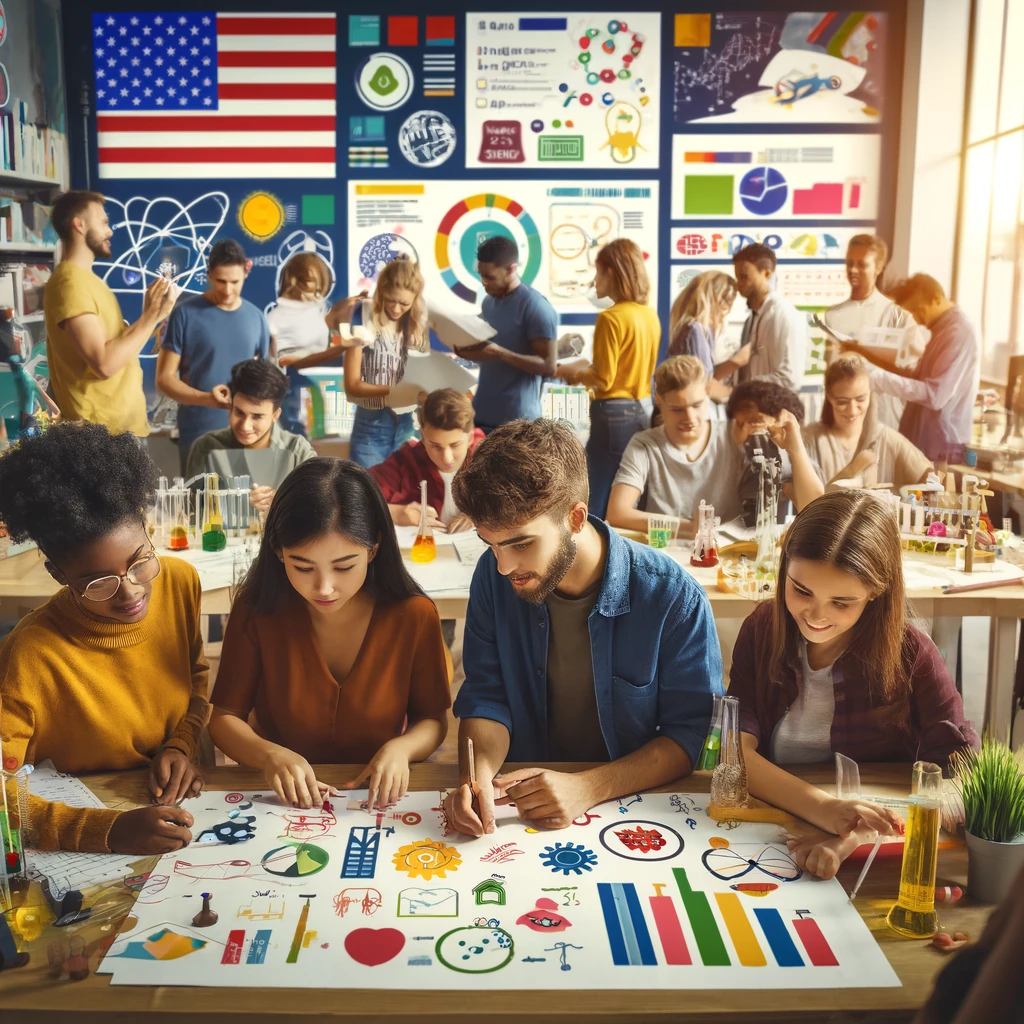In my experience teaching chemistry at a large urban high school, I’ve grappled with a perplexing issue: students love participating in lab activities but often resist completing traditional lab reports. This observation isn’t just anecdotal; the data reflects a stark disparity, with lab activity participation rates soaring above 98% while lab report submission fluctuates between 35% and 85%. The consequence? Many students miss vital opportunities to enhance their scientific discourse and literacy skills—critical components of educational standards like the Next Generation Science Standards and Common Core State Standards.
The Challenge of Traditional Lab Reports
Traditional lab reports, with their structured sections—purpose, materials, safety, procedure, results, analysis, and conclusions—offer a formal writing practice but fall short in promoting other communication forms, such as speaking and listening. This format particularly disadvantages students with limited English proficiency, those with specialized learning plans, and individuals from lower socioeconomic backgrounds. Observations across various science disciplines echo this problem, indicating a systemic issue in science education.
In response to these challenges, I sought a solution to improve lab report completion rates and enrich students’ learning experiences, catering mainly to those struggling with the conventional format. The goal was to craft an approach that maintained the educational rigor of lab reports while enhancing accessibility and engagement.
Introducing the Intervention Lab Report
I devised an intervention lab report that I call a mini-poster, inspired by elementary education techniques for encouraging scientific observation and expression. This new format, compact yet comprehensive, is designed to demystify the lab reporting process, making it less daunting and more attainable for all students.
The mini-poster is a one-page template that guides students in constructing arguments from evidence, employing sentence and discourse frames to facilitate clear and concise scientific communication. This approach not only aids in meeting learning objectives but also significantly reduces the time and complexity involved in completing lab reports, addressing one of the main hurdles students face: the daunting prospect of lengthy and complex assignments.
The Power of Peer Collaboration and Discourse
An essential element of the mini-poster method is its emphasis on collaboration and discourse, principles rooted in Vygotsky’s constructivist learning theory. By assigning lab partners heterogeneously and encouraging the creation of shared documents, the approach fosters a dynamic learning environment where students guide each other through their zones of proximal development. This peer-assisted learning not only aids in understanding scientific concepts but also enhances communication and social skills, which are crucial for scientific careers.
To further this collaborative learning, I incorporate presentations into the curriculum. Starting with paired presentations in small groups, the process gradually scales to individual presentations to the entire class, mirroring the real-world scenario where scientists share their findings. This stepwise increase in presentation scope builds confidence and public speaking skills, reinforcing the interconnectedness of scientific literacy in reading, writing, speaking, and listening.
Tangible Results and Broader Implications
Implementing the mini-poster approach yielded significant improvements in lab report completion rates, with a notable increase from 83.5% to 92.7%. This success isn’t just a numerical victory. It is a testament to the approach’s effectiveness in enhancing student engagement and learning outcomes.
The mini-poster method transcends the traditional lab report paradigm, providing a multifaceted learning experience that aligns with NGSS and CCSS standards. It fosters a classroom environment where science talk and peer engagement are central, aiding in the development of comprehensive scientific literacy.
The intervention lab report exemplifies how innovative educational strategies can transform learning experiences, particularly for those who find traditional methods challenging. By adopting this approach, educators can make science more accessible and engaging, encouraging students to complete their lab reports and appreciate the value and excitement of scientific exploration.
From observing student struggles to developing and implementing a successful intervention, this journey highlights the importance of adaptable teaching methods in meeting diverse learning needs. It calls educators to continuously seek and apply innovative strategies that can make a real difference in students’ educational experiences and outcomes.

